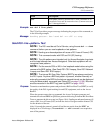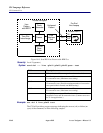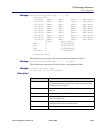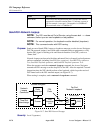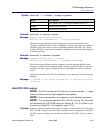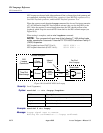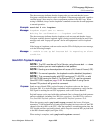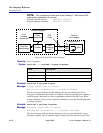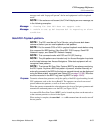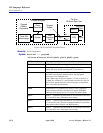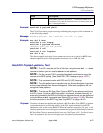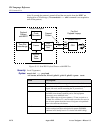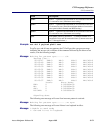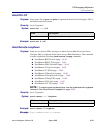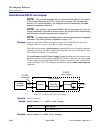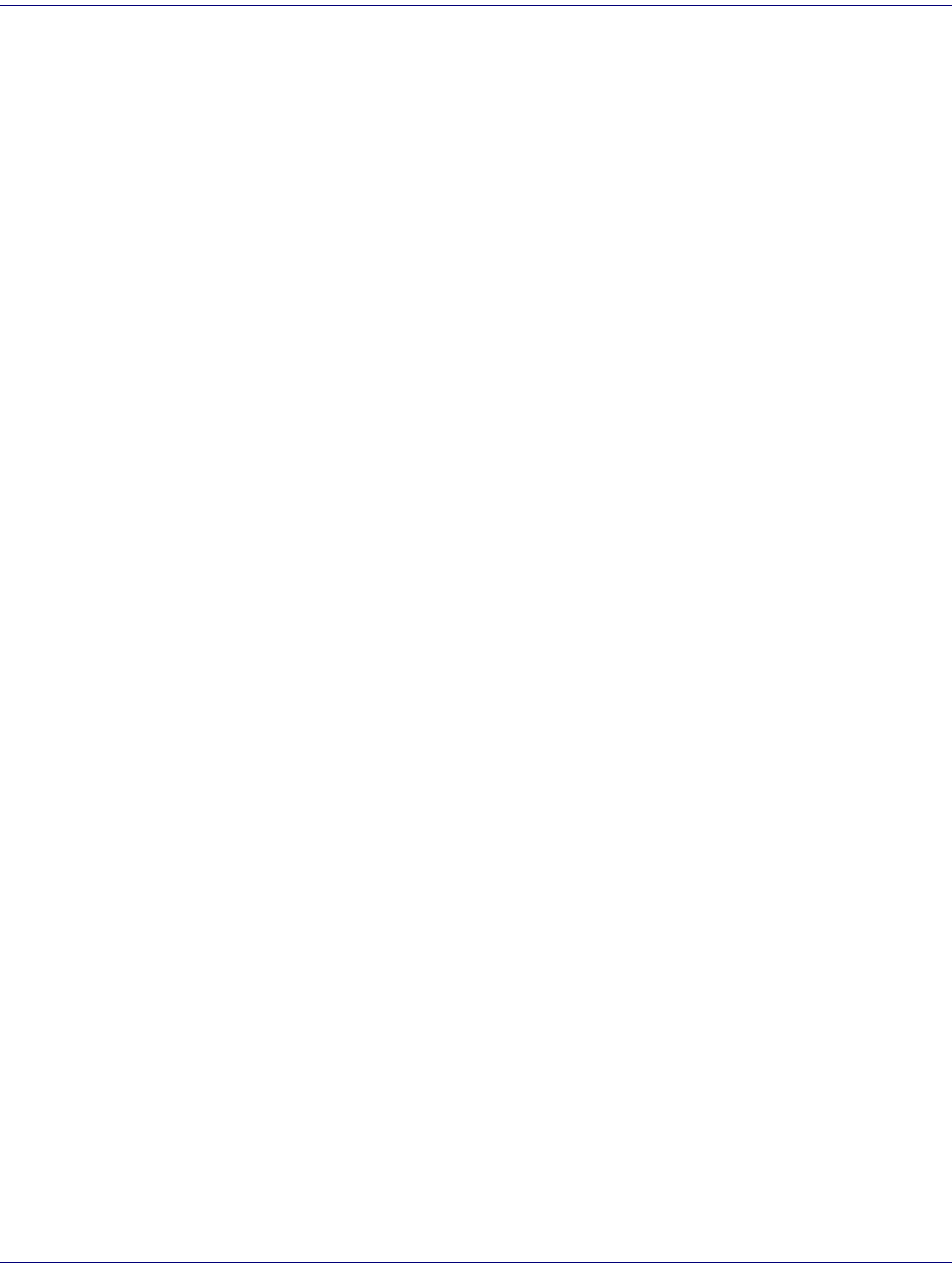
Access Navigator - Release 1.8 August 2003 18-75
CLI Language Reference
CLI Command List
message ends with “loopup still present” the far-end equipment is still in loopback
mode.
NOTE: If the code can not be sent, the CLI will display an error message, as
in the following examples:
Message: *- framing for that DS1 does not support code.
Message: *- unable to set up ds1 because ds1 is reporting an alarm
condition.
Send DS1 Payload <pattern>
NOTE: The DS1 must be set Out of Service, using the set ds1 down
command, before you can use loopbacks or test patterns.
NOTE: Put the remote CSU or NIU in payload loopback mode before using
this command for BER testing. (See Send DS1 CSU Loopup, Send DS1
Network Loopup., and Send DS1 Network Loopup.)
NOTE: This command works with ESF and D4 (SF) framing.
NOTE: The p2e patterns are intended only for Access Navigator loop tests
and for tests between two Access Navigators. Other test equipment will not
recognize these patterns.
NOTE: The internal Bit Error Rate Testers (BERTs) are always monitoring
the DS1 inputs. Anytime a BER test pattern is present, whether internally or
externally generated, the BER for the last one-second interval can be displayed
using the status ds1 command (see Status DS1 on page 18-159). Bit errors
are also recorded in the BERT log (see Log BERT on page 18-40).
Purpose: Transmits a framed test pattern to verify the quality of the DS1 signal reaching far-end
CSU equipment, such as the Access Bank II. The operator can select from several
pseudo-random test patterns, as well as all-ones and all-zeros.
When the operator commands the selected pattern, the Access Navigator generates and
transmits the unframed pattern over the DS1 (see Figure 18-10).
An external Bit Error Rate Tester (BERT) can be located anywhere on the network or
at the customer premises as shown in the figure.
When testing is complete, the send ds1 <n> off command must be used to turn off
the test pattern.



